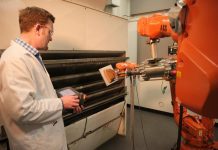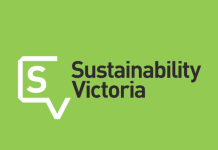
Australia’s national science agency CSIRO has launched the National Energy Analysis Centre (NEAC), a new research facility aimed at accelerating and de-risking the country’s transition to net zero through data-driven energy system insights.
Designed as an independent and collaborative hub, NEAC will integrate anonymised real-world energy data from households and businesses with advanced modelling, analysis and visualisation tools.
The initiative aims to provide decision-makers across government and industry with the tools needed to support informed and coordinated energy planning, the agency said in a news release.
“Transforming the energy system will impact every sector of the economy and every part of society,” said CSIRO Energy Director Dr Dietmar Tourbier. “A transition of this scale and complexity needs a coordinated, long-term perspective. NEAC will help Australia navigate this journey by providing the trusted insights planners and policymakers need to inform action and reduce risk.”
The Centre will be made up of several components, including a Living Lab with thousands of participating households and businesses across the country, a Systems Science Toolbox offering curated multi-energy datasets and modelling tools, and extensive networks of innovation collaborators.
The Living Lab enables researchers and planners to better understand how Australians use energy in everyday settings, supporting the development of targeted, low-cost infrastructure and programs. CSIRO said this inclusive approach will help ensure energy solutions are reliable, secure and affordable.
CSIRO is inviting residents aged 18 and over to join the Living Lab, which is already supporting a multi-institution residential research project. The Systems Science Toolbox, meanwhile, is being deployed in a separate study focused on optimising industrial energy systems.
Living Lab participant Heath Raftery is contributing anonymised circuit-level electricity use and indoor climate data.
“I joined NEAC because I’ve been following the energy transition and see this as a once-in-a-lifetime opportunity for Australia to look at the electricity grid with the consumer in mind,” Raftery said.
“I’m a renter so there’s not much I can do infrastructure-wise, but having input via NEAC will help governments and providers to consider the third of the population that is renting, as they develop policies and products. I’m also hoping that the information I get about my family’s energy use habits can help us to reduce our bills.”
NEAC is supported by the Science and Industry Endowment Fund (SIEF), with CSIRO encouraging organisations to learn more about the centre through a webinar scheduled for 11 August.
Register your interest to join the Living Lab. This research is supported by the Science and Industry Endowment Fund (SIEF).



















